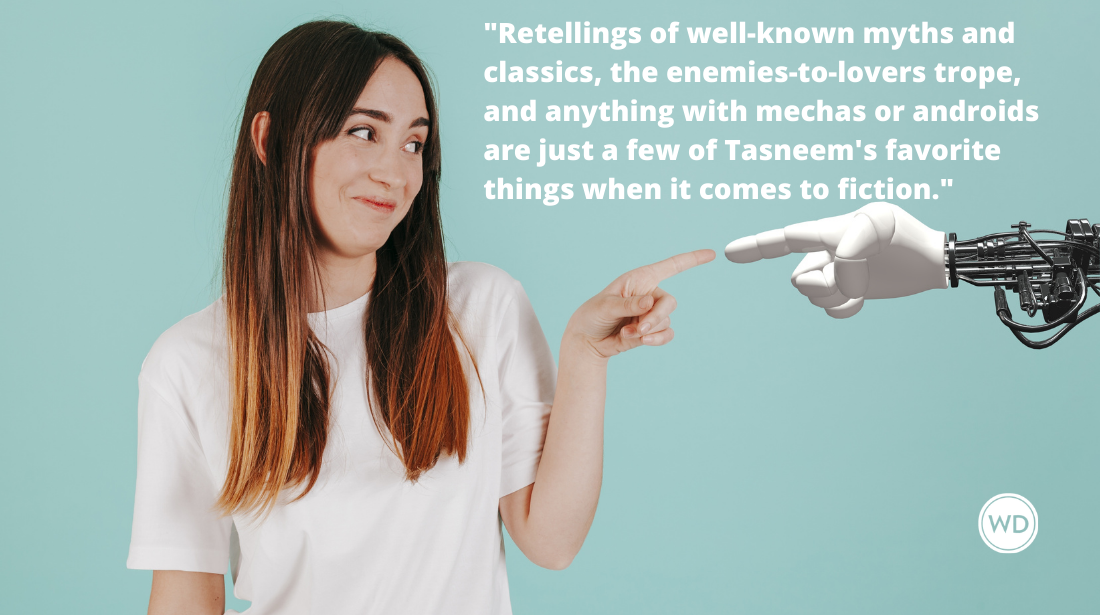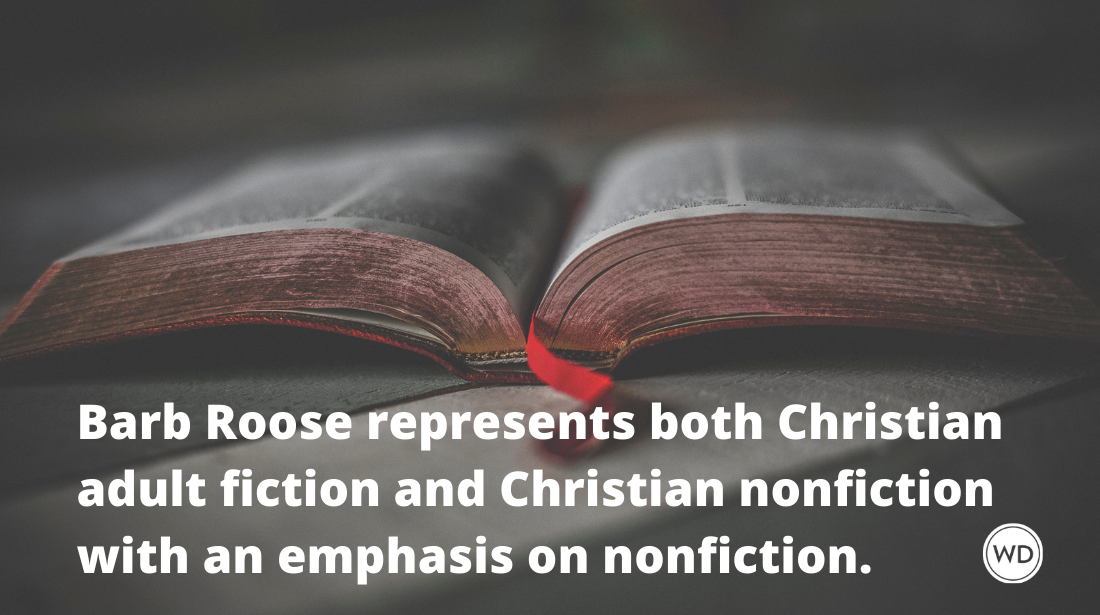Publishing for the Uninhibited: Adventures in Kindle Land
Guest column byJames Francis Smith Author of the e-Book Druids, Celts, and Romans—now available on Kindle Did I purposely go looking into Kindle as a possibility, no siree. It fell…
Guest column byJames Francis Smith
Author of the e-Book
Druids, Celts, and Romans—
now available on Kindle
Did I purposely go looking into Kindle as a possibility, no siree. It fell into my lap. Perusing a Newsweek, I happened on Isia Jasiewicz’s article, “Who Needs a Publisher?” One author’s quoted as making as much on a $3 e-book as he would on a $25 hardcover.
Don’t think the booksellers are in trouble?
Consider this! According to their 2005 Annual Report, Barnes & Noble sold almost twice as many Harry Potter and the Half-Blood Prince hardcovers as the combined sales of their next nine bestsellers (including The Da Vinci Code). To the booksellers’ regret, J.K. Rowling’s no longer writing, but rumor has it she may plunge back in. That would be a big help because the younger generation’s reading less, and the Wal-Marts of the world (with less of a selection) are selling half again as many books as Barnes & Noble. For an in-depth understanding of the present-day’s book business dilemma, I recommend The New Yorker’s, “Publish or Perish” by Ken Auletta.
Are eBooks the Future?
Even though Amazon has announced they are selling one-and-a-half-as-many eBooks as hardcovers, the word “future” might be a bit too strong. But if the recent shareholder catfight at Barnes & Noble is any indicator, even their current management’s betting their company’s future on eSales. Currently, their Nook (rival to Amazon’s Kindle) controls 20% of the eMarket. By 2014, they expect 31% of their company’s revenue to come from eCommerce. Incidentally, B&N is still for sale.
How will eBooks impact the economics of the Publishing Industry?
Another tough question. The industry doesn’t appreciate the Kindle price of $9.99. Why? Because book buyers will use that price as the worth of a book (any book). A sidenote: Kindle had been paying some publishers $13, thereby losing $3 a book. Reminds one of the car salesman claiming he’s selling under cost, but making money on volume.
Over 80% of the books printed for Newt Gingrich are collecting dust in a NY warehouse. When discounts to bookstores, uncovered advances, freight, loss on book returns (30% of sales), paper costs, warehousing, and printing costs are factored in, the publisher makes significantly more profit per eBook than from their hardcovers.
What Role will Publishing Houses (e.g. Random House) Play in an eBook World?
When asked that question, Harvard Business School Professor Peter Olson (former CEO of Random House) had thoughts but no quick answers. Neither do I, although it appears Random House is striving to reduce the current eBook royalty to authors. Shame on them. Currently the big six publishers (most foreign owned) are lining up behind the bookstores, ignoring their real customers … the book buyers.
How easy is it to publish on Kindle?
It depends on your patience, knowledge of Hyper Text Markup Language (HTML), and whether or not you wish to include illustrations. Illustrations add complexity … and do they ever.
Here has been my experience:
But first a few ground rules:
- Don’t be afraid to use http://dtpforums.amazon.com to find answers to your many questions. I found books, such as Kindle Formatting by Joshua Tallent, both helpful and overwhelming.
- Kindle consists of one long page, and expects you to delete page numbers before submitting your manuscript. (I found it useful to maintain the page numbers while arranging my submission, and then deleting them just before sendoff.)
- The hyper-linking of the Table of Contents (TOC) to the chapters or other dividers is essential. Kindle uses that hyper-link to navigate through the e-book. (Hyperlinking is relatively simple in Microsoft Word; just follow the instructions.)
- Ms Word doesn’t handle the translation of Illustrations to HTML very well.
- The cover must be uploaded separately. I chose to save the image in Ms Word as a JPEG. Amazon provides excellent instructions in their “Digital Text Platform (DTP) Cover/Product Image Requirements.”
- Name of Author, Illustrator, etc., also need to be inserted separately when filling in the Kindle submission. I assumed Kindle would know that I was the Author from the cover. Instead, on the first go around, my illustrator, Sean Judy, was listed as the author. Yes, you can have more than one attempt to correct your submission.
How do I like my Kindle?
Similar to that revolting cereal commercial: “He likes it. Mikie likes it.” I first downloaded (for free) KindleforPC and used it to purchase my first eBook (the one by Joshua Tallent). To achieve a near Kindle experience, I suggest a reduction of the words per line to the minimum. This comes close, but the purchase of the $135 Kindle is superior. That is if you possess a wireless router; if not, go for the $185 version.
What’s the bottom line for a relatively unknown Author/Publisher?
Rob Miller, my editor, sent the following, “How can writers make any money? It used to be that bookstores were for writers to make a living, and used book stores were for them to be immortal. Today, at least one (if not both) of these can be scratched.”
Perhaps, the 70% royalty offered by Amazon, and the eternal shelf-life assured by the Kindle Bookstore will balance the scales.
The basic question, however, still remains, “How do I let potential customers know about my break-out novel?” As soon as I ferret-out that answer and cash in on it, you’ll be the next to know—for $9.99. A late bulletin: England’s Charity Commission has now recognized Druidism to be an official religion, on the same level as the Church of England, and is entitled to exemptions from taxes on donations and other legal protections.
Since Kindle is now available in the UK, there may yet be hope for my eBook after all.
Want to pitch agents at a conference?
More than 50 literary agents will be
taking pitches at WD's own conference
in New York, January 2011.
I Will Be Speaking At These Great Writing Events in 2010-2011:
- Nov. 6, 2010: Vegas Valley Book Festival (Las Vegas, NV)
- Nov. 12-13, 2010: Writing for Change Conference (San Francisco, CA)
- Nov. 17, 2010: Ann Katz Festival of Books (Indianapolis, IN)
- Jan 21-23, 2011: Writer's Digest Conference (New York, NY)
- Feb. 26, 2011: Carnegie Center Speech (Lexington, KY)
- March 18-20, 2011: Festival of Books & Writers Conference (Tallahassee, FL)
- April 9, 2011: Reno Writers Conference (Reno, NV)
- April 16-17, 2011: Writers Conference & So. KY Book Fest (Bowling Green, KY)
- April 30 - May 1, 2011: Muse & the Marketplace (Boston, MA)
- May 7, 2011: Houston Writers Guild Conference (Sugar Land, TX)
- June 24-26, 2011: Jackson Hole Writers Conference (Jackson Hole, WY)
Jane Friedman is a full-time entrepreneur (since 2014) and has 20 years of experience in the publishing industry. She is the co-founder of The Hot Sheet, the essential publishing industry newsletter for authors, and is the former publisher of Writer’s Digest. In addition to being a columnist with Publishers Weekly and a professor with The Great Courses, Jane maintains an award-winning blog for writers at JaneFriedman.com. Jane’s newest book is The Business of Being a Writer (University of Chicago Press, 2018).







